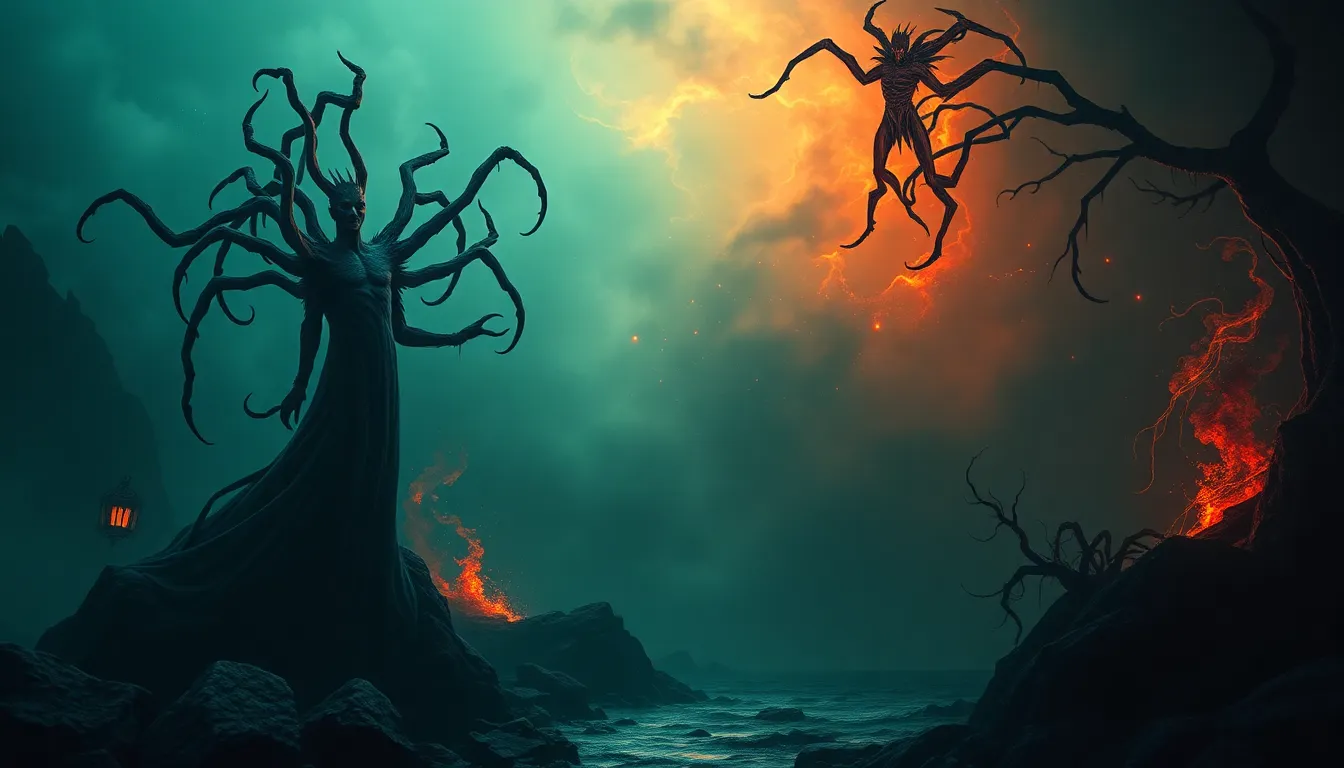Curses in Pop Culture: How They Shape Our Favorite Stories
Introduction to Curses in Pop Culture
Curses have long been a fascinating aspect of storytelling across various forms of media, from ancient myths to modern films. A curse can be defined as a solemn utterance intended to invoke a supernatural power to inflict harm or punishment on someone. In literature and media, curses serve as pivotal elements that create tension, conflict, and character transformation.
Throughout history, the presence of curses in storytelling has shaped narratives and influenced character arcs, reflecting societal fears, desires, and moral lessons. The significance of curses lies not only in their ability to create drama but also in their role as metaphors for personal and collective struggles.
Historical Roots of Curses
To understand the impact of curses in contemporary storytelling, it’s essential to examine their historical roots. Ancient mythology and folklore abound with tales of curses, often reflecting the values and fears of the cultures from which they originated.
- Ancient Mythology: Many ancient civilizations, including the Egyptians, Greeks, and Romans, featured curses in their myths. For example, the curse of King Tutankhamun’s tomb became a source of intrigue and fear in modern times.
- Folklore: Curses in folklore often served as cautionary tales. The Brothers Grimm’s fairy tales include numerous examples of curses leading to transformative experiences for characters.
Over time, the concept of curses evolved through various cultures and eras, adapting to new societal norms and fears while maintaining their core function as powerful narrative devices.
Curses as Narrative Devices
Curses are not merely plot points; they are essential narrative devices that create conflict and drive plots forward. They introduce challenges for characters to overcome, ultimately leading to growth and development.
Effective curses often:
- Establish high stakes for characters.
- Challenge characters to confront their flaws or past mistakes.
- Facilitate interactions between characters, often leading to alliances or enmities.
For instance, in “Beauty and the Beast,” the curse placed on the prince transforms him into a beast, forcing him to grapple with his inner demons and ultimately seek redemption through love.
Iconic Curses in Film and Television
Film and television have brought curses to life in unforgettable ways, creating iconic characters and stories. Some notable examples include:
- The Mummy: The curse of the pharaohs serves as a central plot element, driving the narrative and creating a sense of danger and adventure.
- The Curse of La Llorona: This film draws on the Latin American legend of La Llorona, whose curse haunts those who encounter her, reflecting themes of loss and sorrow.
In television, series like Buffy the Vampire Slayer and Supernatural frequently explore curses, utilizing them to develop complex storylines and character arcs. Buffy’s encounters with curses often lead her to confront her own vulnerabilities, while the Winchester brothers face a myriad of supernatural curses that test their resolve and relationships.
Curses in Literature: From Classic to Contemporary
Curses have been a staple in literature for centuries, from Shakespearean tragedies to modern novels. In classic literature, curses often symbolize moral and ethical dilemmas.
- Macbeth: The witches’ curse drives Macbeth to madness and destruction, exploring themes of ambition and fate.
- Beauty and the Beast: The curse on the prince and his castle serves as a narrative device for exploring love, redemption, and the consequences of one’s actions.
In contemporary literature, curses have been reinterpreted in various genres, including fantasy, horror, and graphic novels. Authors like Neil Gaiman and Anne Rice have incorporated curses into their narratives, allowing for fresh explorations of old themes.
Curses and Their Impact on Character Arcs
Curses significantly influence character development, often serving as catalysts for change. Characters may face their curses head-on, leading to profound transformations or tragic downfalls.
Case studies include:
- Beauty and the Beast: The Beast’s curse forces him to confront his past, ultimately leading to his redemption through love.
- The Curse of the Werewolf: Characters like Lawrence Talbot grapple with their monstrous nature, illustrating the struggle between humanity and the beast within.
These character arcs resonate with audiences, highlighting the universal themes of struggle, redemption, and the quest for identity.
The Psychological and Emotional Effects of Curses
Curses often delve into psychological and emotional themes, exploring complex issues such as guilt, redemption, and fate. They provide a framework for characters to confront their inner demons.
- Guilt: Characters burdened by curses often grapple with guilt over past actions, which drives their quest for redemption.
- Redemption: Many stories involve characters seeking to break their curses as a means of finding forgiveness and peace.
The emotional weight of curses resonates with audiences, inviting them to reflect on their own experiences with guilt and the desire for redemption.
Curses in Video Games: Interactive Storytelling
In the realm of video games, curses play a significant role in shaping interactive narratives. Games like The Legend of Zelda series feature curses that affect gameplay and storytelling.
- The Legend of Zelda: Ocarina of Time: Link encounters various cursed characters, each presenting unique challenges that contribute to the overall narrative.
- Dark Souls: The concept of curses in this game affects player abilities, adding layers of strategy and emotional engagement.
Player choices related to curses often lead to different outcomes, emphasizing the consequences of actions and the complexity of moral decisions.
Cultural Reflections: Curses and Societal Issues
Curses often reflect societal fears and anxieties, acting as metaphors for real-world issues. Modern interpretations of curses can illuminate contemporary dilemmas, such as:
- Environmental Concerns: Stories that explore curses related to nature often mirror societal anxieties about climate change and ecological destruction.
- Social Justice: Curses can symbolize the consequences of societal injustices, prompting discussions on accountability and redemption.
By examining curses within cultural contexts, storytellers can address pressing societal issues, inviting audiences to engage with and reflect on their realities.
Conclusion: The Enduring Allure of Curses in Pop Culture
In conclusion, curses hold a significant place in pop culture, shaping stories across various media. They serve as powerful narrative devices that create conflict, facilitate character development, and explore profound themes of guilt, redemption, and fate.
As storytelling continues to evolve, curses will likely adapt to reflect changing societal norms and anxieties, ensuring their enduring allure in the collective imagination.




